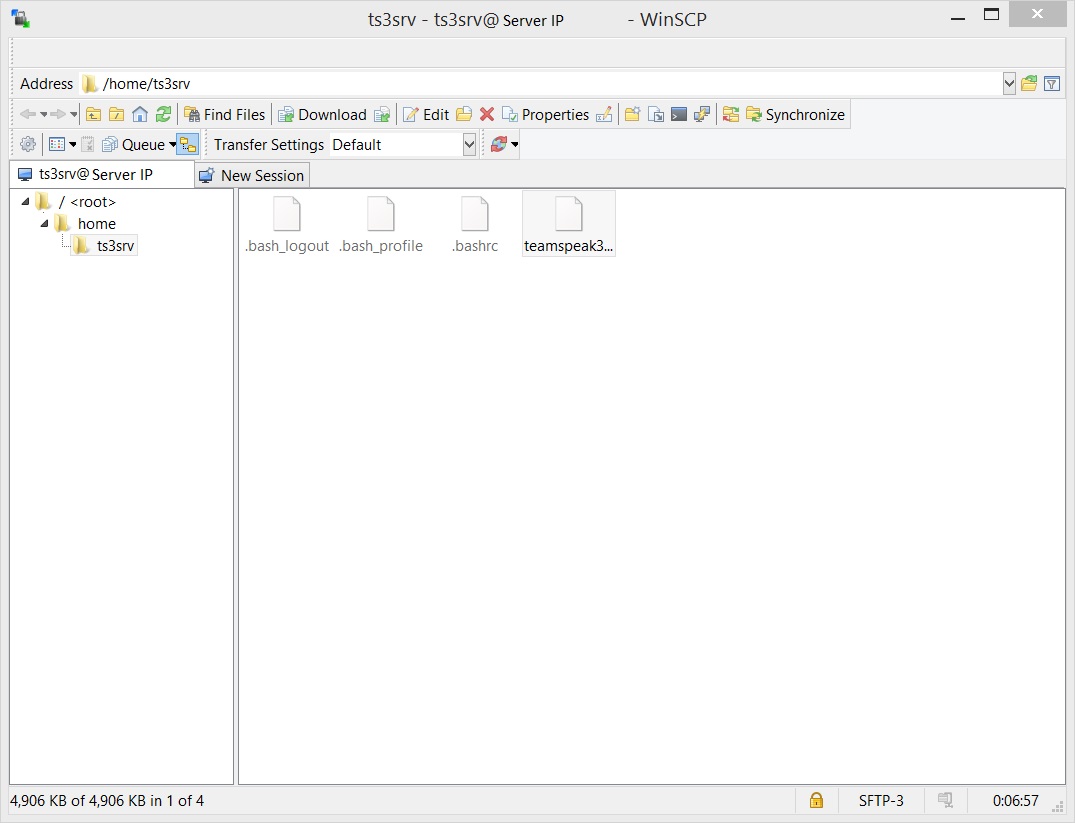
The FS6706T is a powerful NAS that performs as well as other traditional HDD-supporting enclosures, such as Asustor's own DriveStor Gen2 range. It's the first M.2 NVMe NAS from Asustor and could be viewed as a way for the brand to test the waters and see what works. The Asustor Flashstor FS6706T is a good launch for the company. To aid this, Asustor includes a quick-start guide that pops up upon first visiting the ADM web interface post-installation. It's always worth spending a good hour or so playing around with the various apps and settings available through ADM to get accustomed to where everything is located. You'll find an app store, settings app, storage manager, activity monitor, and the ability to shut down and/or restart the NAS altogether. The UX is purposely designed to mimic a traditional computer OS. If you've never used a NAS before, the web interface is usually the main method of managing the server, regardless of brand or OS. Once complete, the FS6706T is good to go. The installation wizard will run you through the process of downloading the OS, setting up drives, configuring the NAS with a user account, setting up RAID, and more. Asustor's operating system is one of the more refined solutions available for prebuilt NAS, rivaling Synology DiskStation Manager. The installation process of ADM is painless and can be completed in a matter of minutes. Once at least one M.2 SSD has been installed inside the Asustor Flashstor 6 (FS6706T), it can be powered on and Asustor Data Master (ADM) can be installed. Where it shines is by being able to use older NVMe drives and removing noisy spinning drives. That puts this NAS in an interesting position as it's powerful enough for most home networks - not many have the infrastructure to handle 2.5GbE, let alone 10GbE - but the CPU and LAN are underpowered for the hardware and even more so with the 12-bay version (though the 10GbE with the FS6712X is an improvement). We managed to achieve 590MB/s with the two LAN ports, which is considerably slower than not only what a single M.2 NVMe SSD is capable of, but also the two USB 3.2 Gen 2x1 ports (10Gbps a piece).

The N5105 has eight PCIe lanes, which could be viewed as a bottleneck since we have six PCIe 3.0 SSD slots, USB ports, networking connections, and more, but we found the two 2.5GbE links more of a performance hindrance, although this NAS is still very fast. At the factory, Asustor installs 4GB of DDR4 RAM, which can be expanded to a maximum supported capacity of 16GB.
TEAMSPEAK 3 PORTS SOFTWARE
It's a very capable processor with enough performance for 4K media transcoding and running various apps available on Asustor's software manager. Powering everything inside this NAS is the trusty Intel Celeron N5105, a quad-core chip we've seen in countless other NAS enclosures. Only M.2 2280 drives are supported with this NAS. Just like modern motherboards, Asustor doesn't require the use of M.2 screws and instead, each M.2 drive is secured using plastic clips.

The panel slides off and the fan is powered using a USB port, which negates the need to remove (and reattach) a cable to a PCB header. This panel also holds the single 80mm fan that's used to keep the Intel Celeron and M.2 drives cool. Luckily, this is an easy process that involves the use of just four screws and a removable panel. In order to access the drive bays, one needs to take apart the NAS. The rest of the ports are on the back of the FS6706T and consist of three USB-A ports (one 2.0 and two 3.2 Gen 2x1), one HDMI 2.0b port, two 2.5GbE connections, and SPDIF. The left side also has the same ventilation slits. Interestingly, Asustor placed the power button on the right side of the NAS, alongside some ventilation. The top of the chassis is split in two with the left side simple black plastic and the right a brushed metal effect. Four LED indicator lights are located on the top of the enclosure, as well as branding. The front of the Asustor Flashstor 6 (FS6706T) plays host to one of the available USB-A 2.0 ports and a small slip vent.


 0 kommentar(er)
0 kommentar(er)
